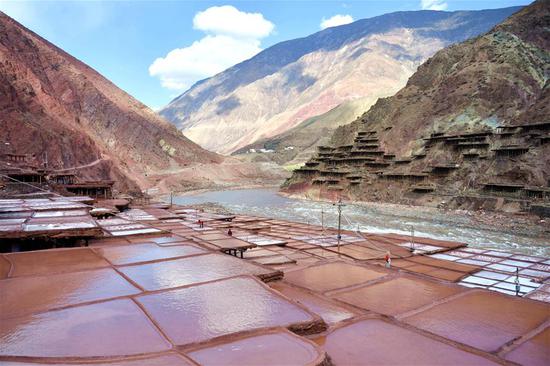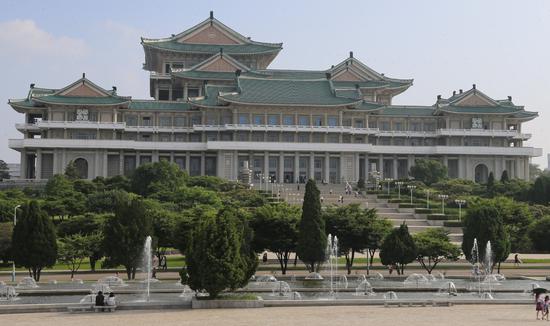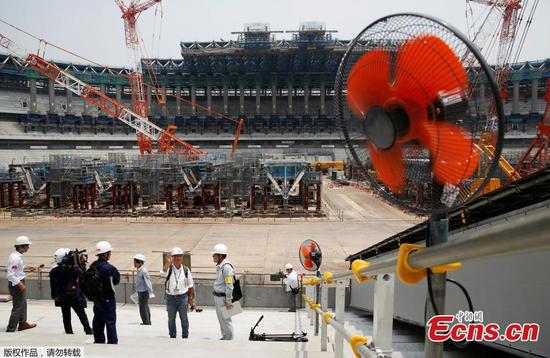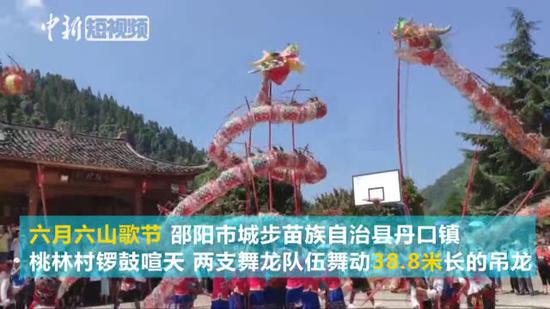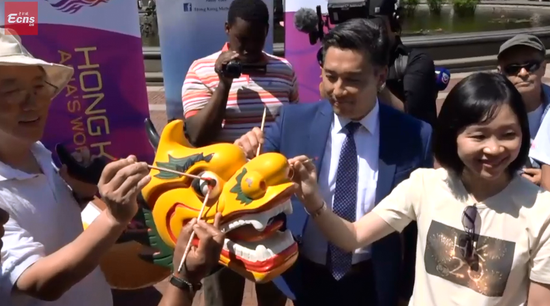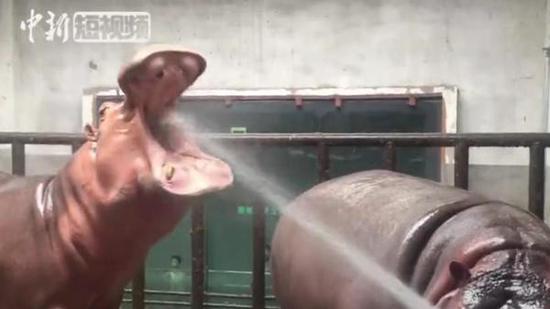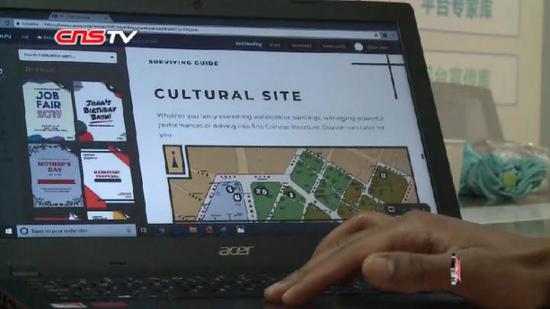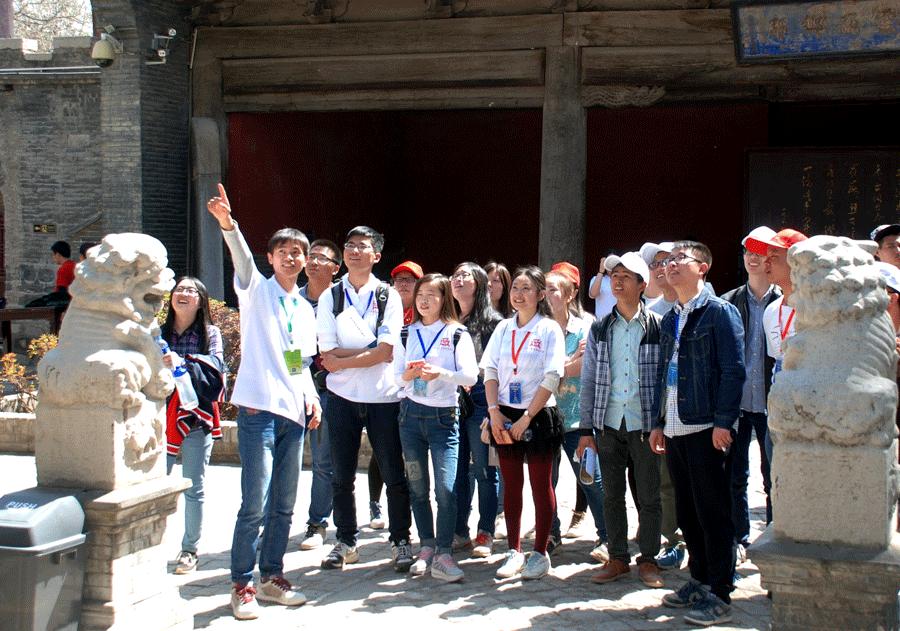
Volunteers guide visitors to an old temple in Taiyuan, Shanxi Province. (Photo provided to China Daily)
The northern province of Shanxi has many ancient architectural wonders. It is home to more than 53,000 registered cultural heritage sites, with 452 of them under national-level key protection - almost 10 percent of the total number in China.
For Li Qiang, who founded a provincewide volunteers' association for cultural heritage and museums in 2012, it is not solely the government's duty to protect these relics left by ancestors.
Apart from offering a volunteer service to guide visitors to cultural heritage sites, he has gathered professionals in scientific research to carry out surveys on these sites. Lectures have also been organized regularly to improve awareness of heritage protection, especially in schools.
"People in Shanxi have a huge zest for collecting and preserving cultural relics," he said. "It's crucial for the social efforts made by different sectors to join hands daily to maintain and revitalize them.
"Everyone has their own expertise. This group is grounded in its hobbies, but systematic organization will make us cooperate well with each other."
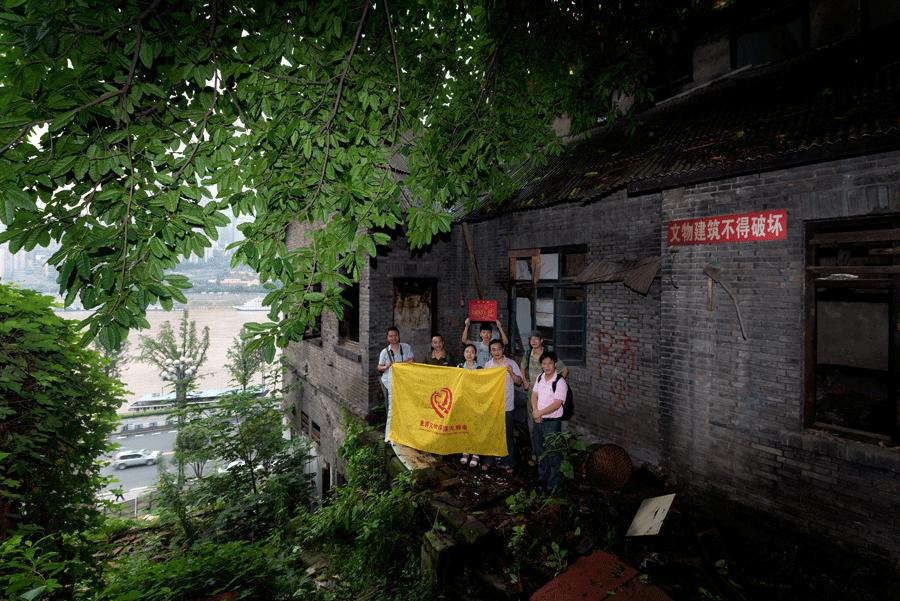
Volunteers from Chongqing have saved an old street from being demolished for urban construction. (Photo provided to China Daily)
He encourages group members to continue learning about cultural relics and to get closer to the front line through more field research.
"It's better to avoid merely reposting negative comments online, and to do something practical instead," he said, adding that the protection of cultural relics also faces many difficulties.
The lack of continuous financial support, an absence of shared platforms for information and vague regulations are major obstacles.
"For example, we want to have more people 'adopt' cultural heritage to better take care of it. However, the current rules are restrictive."
Compared with protection, discussion about how cultural heritage can be used is rarely heard among Chinese scholars, let alone its resale value.
Similar problems are faced by many grassroots protectors nationwide, but it is time to unite their efforts, Li said.
In late June, an alliance of social organizations urging better protection and use of cultural heritage was founded, comprising 71 institutions across China.
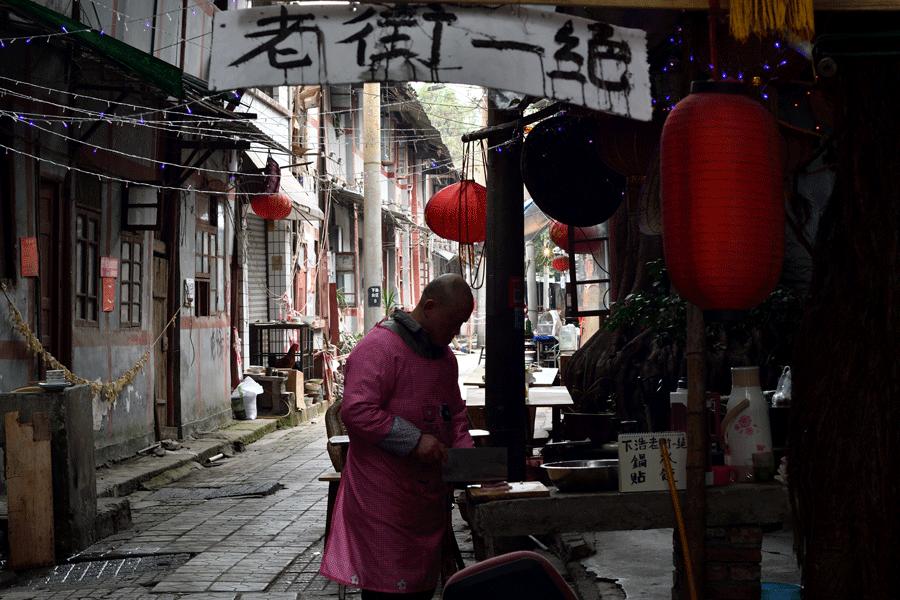
The protection of old streets in Chongqing is the focus of volunteers in the city. (XUN CHANG/FOR CHINA DAILY)
Li Xiaojie, director of the China Foundation for Cultural Heritage Conservation and the first president of the alliance-which is held in rotation-said the aim is to build a network for nongovernmental efforts to enable a better exchange of experience.
It would be wrong to deny access to some ancient architecture, Li Xiaojie said. Protection and use are never conflicting. The final goal is for the value of heritage to be shared by future generations.
"For some ancient architecture, it will be harmful if we don't use it," he said.
However, the traditional mindset in Chinese cultural heritage circles may differ with this view.
For instance, in the cultural relics protection law, there is scant mention of how protected heritage can be used.
"There are still some misunderstandings," Li Xiaojie said. "Protection is, of course, a priority. But only when a heritage site is used more can people better understand its value."
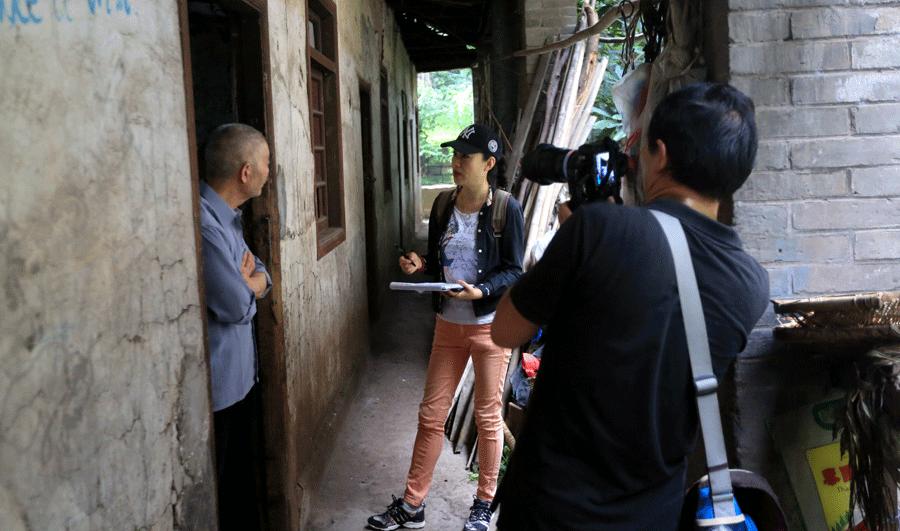
Volunteers from Chongqing interview residents in old houses for a cultural heritage protection project. (Photo provided to China Daily)
Funds raised
He is a former director of the State Administration of Cultural Heritage. After retiring from this government position and taking the new role of leading the foundation, he has been trying to seek more flexibility in encouraging wider public participation in the commercial use of historical relics.
His foundation has strived to save old houses in the countryside by raising funds from local communities and social organizations.
Li Xiaojie has called for more registered cultural heritage to be open to the public.
"The lack of manpower in local government protecting this heritage is a problem," he said, adding that one grassroots protector is usually in charge of several sites, leaving little room to receive visitors.
"Much of the work can be handed over to volunteers and local communities," he said. "Conditions should be created to maximize the functions of heritage for public interest and education."
The new alliance may strengthen such efforts.
Wu Yuanqing leads a volunteer association for cultural heritage in Chongqing. In May, some volunteers from the association found an old street was being demolished for construction of a port.
"The association immediately reported this to local authorities," Wu said. "The project was halted within 12 hours. That is the power of a group.
"After a national alliance is formed, our voices will be better heard. More good news will result."
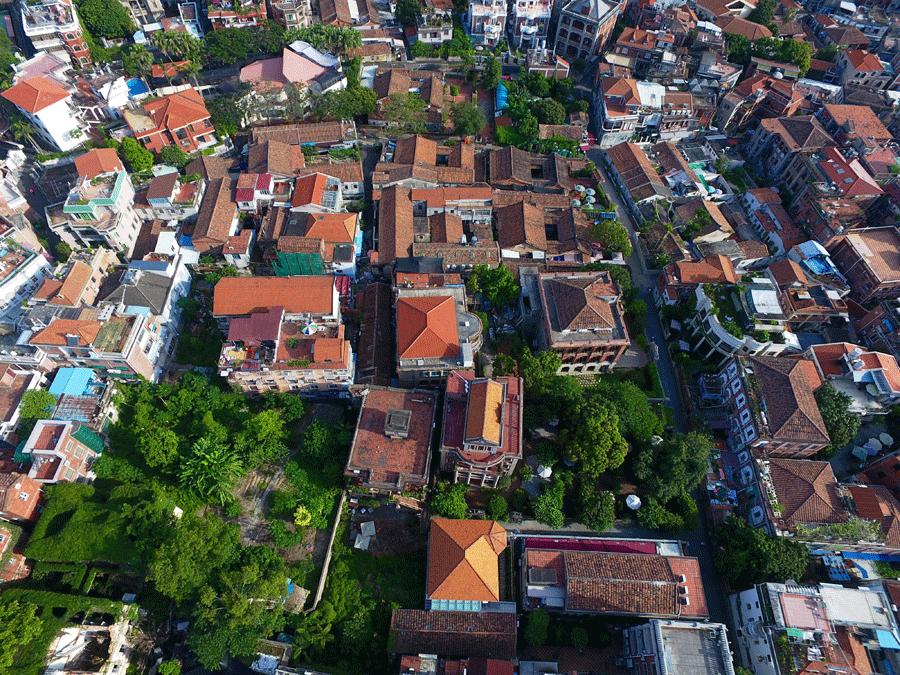
Residents on Gulangyu, a small island off the coast of Xiamen, are encouraged to open their houses as holiday homes for tourists, but renovation work is rigidly supervised. (Photo provided to China Daily)
Obstacles faced
The slogan "Let cultural heritage come alive" has been widely discussed in recent years since being initiated by President Xi Jinping in 2013.
More than 900 million annual visits are now made to Chinese museums, indicating booming business, but Li Xiaojie said that many sites beyond the jurisdiction of cultural heritage administrations still face obstacles when it comes to revitalization.
"Some people still feel there will be a drop in the social value if more market-oriented efforts are introduced," he said. "The economic value of cultural heritage is not widely accepted."
In the newest edition of the Principles for the Conservation of Heritage Sites in China, published in 2015, "economic value" was finally excluded after fierce debate among scholars.
"However, when ownership of heritage, like ancient architecture, is transferred, it is a de facto trade in properties," Li Xiaojie said. He feels that relevant regulations should follow.
"Putting some immovable cultural heritage on the market does not necessarily change it into cash. The aim is to retain or increase its value," he adds.
Successful attempts on this front have been made in some areas of China.
The renovation of such buildings requires rigid and tailored assessment, and changes to facades and major architectural structures are not allowed.
On Gulangyu, a small island off the coast of Xiamen, Fujian province, also known as Kulangsu, different sectors in the local community are reaching consensus on how to maintain the island's vitality. Gulangyu, a UNESCO World Heritage site, is a hub for a range of well-preserved architecture from the late 19th to the early 20th centuries that combines Chinese and Western styles. vWang Weishan, deputy director of the Gulangyu administration committee, said almost 400 historical buildings out of 1,000 on the island are privately owned.
"Compared with publicly-owned places, the situation regarding these 400 buildings is much more complicated, which makes it more difficult to protect them."
The administration committee encourages local residents to open their houses as holiday homes for tourists, but renovation work is rigidly supervised. Bonuses are provided for those property owners who retain historical features.
An old family temple on the island was used by a clan to worship ancestors. However, it was also a crowded residence for many family members. The committee helped these people to relocate, and returned the building to sole use as a temple. Although it is still privately owned, it is now open to tourists, and displays of traditional rituals are staged there.
An abandoned cinema, which used to house a food market, has been renovated and is now used as a community theater.
Wang said the original functions in about 20 percent of the historical buildings on Gulangyu have been retained, while 12 percent have taken on new business operation roles. "We want heritage to shine again," Wang said. "However, massive commercial development must be avoided."
Top-level guidance
On July 6, national-level advice on strengthening reform on the protection and use of cultural heritage was given in a document at a meeting of the Central Comprehensively Deepening Reforms Commission, chaired by President Xi.
In the document, the safety of cultural heritage remains a priority, but more tailored management and design of systems are demanded.
"Attention should be paid to make cultural heritage resources come alive," the document stated. "Development is part of protection, and protection is part of development."
Legislators at national level have been urged to reconsider the heritage law.
The State Administration of Cultural Heritage held a meeting on July 9, which called for "more creativity in forming new theories". It urged that a new system be set up for "social participation" in such work and that grassroots protection teams be expanded.
Peng Yuehui, director of the administration's policy research office, said amendments are planned to the cultural relics protection law. The draft will probably be handed to the National People's Congress in 2020.
With 766,722 immovable cultural heritage sites registered by the administration in the most recent national survey, Peng said it is unimaginable that a national team can shoulder such a huge burden, so more participation from the public is needed.
"It's still a tough mission to get the wider efforts made in protecting and using cultural heritage recognized by law," he said.
"We have to walk step by step. Only through closer cooperation between the government and society can policies be more accurately made."











